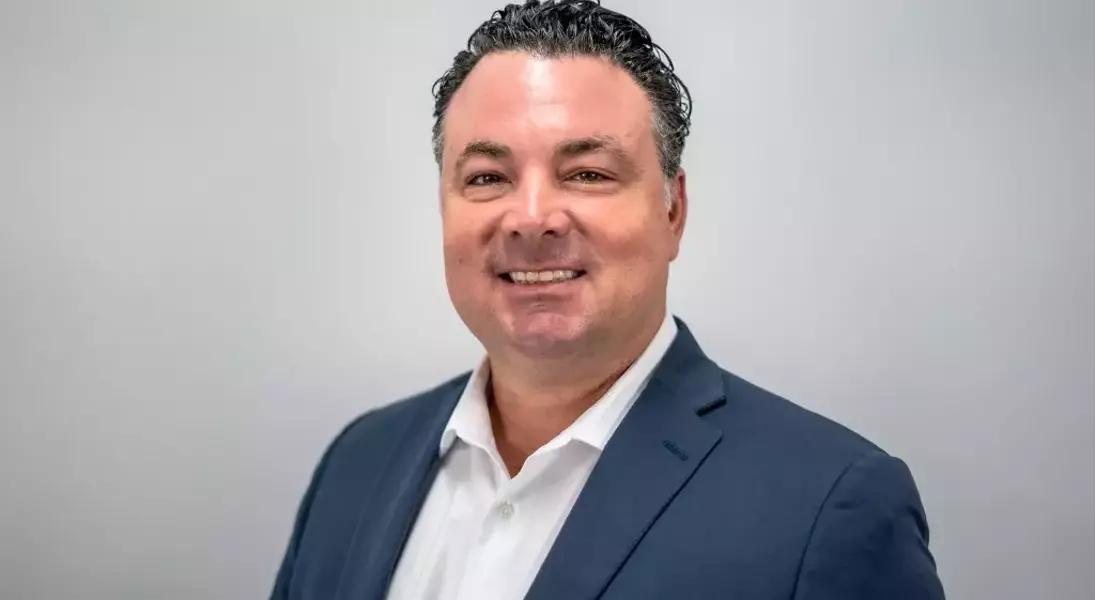
The mortgage industry is experiencing a significant shift, with non-qualified mortgage (non-QM) and non-agency loans setting new records. This surge is largely driven by the expansion of the gig economy and an increasing number of borrowers utilizing cryptocurrency as collateral. Industry leaders emphasize the critical role these specialized financial products play in today's market, enabling lenders to adapt to the evolving landscape and cater to a broader spectrum of clients. Understanding these trends and actively incorporating such offerings is becoming essential for mortgage professionals aiming to maintain a competitive edge and tap into lucrative, underserved segments of the population.
Tom Davis, the head of sales at Deephaven Mortgage, recently highlighted the remarkable growth in the non-QM and non-agency sectors during an interview at the Mortgage Bankers Association's annual conference in Las Vegas. He proudly shared that September marked a record month for Deephaven, with October on track to surpass even that achievement. Davis pointed out that initial forecasts for non-QM loans in the current year were around $60 billion to $70 billion, but the market is now projected to exceed $100 billion, representing a significant 50% increase. Similarly, securitizations, initially estimated at $50 billion, are expected to reach $70 billion, further underscoring the market's robust expansion. A major contributor to this growth has been second liens, which, as of mid-year, accounted for approximately $125 billion, encompassing both closed-end seconds and traditional home equity lines of credit (HELOCs). When considering other specialized products like residential transition loans (RTL) — handled by Deephaven's affiliate, Anchor Loans, and estimated to hit $35 billion — these combined offerings represent a substantial $350 billion to $400 billion origination market. Including jumbo loans, these products constitute roughly 20% of the total mortgage originations, demonstrating their increasing prominence.
For loan officers, capitalizing on this trend is crucial. Davis stressed that access to these diverse products is no longer optional but a necessity to avoid competitive disadvantages and to attract and retain talent. He highlighted that the U.S. is home to 18 million self-employed individuals, representing about 31 million businesses, and 19 million investment properties with 49.5 million units. This demographic presents a vast, often overlooked, opportunity. Davis argued that just as many lenders offer programs for veterans, they should also provide tailored solutions for self-employed individuals and real estate investors. He noted that investors currently account for 28% to 30% of all purchase transactions, nearly one-third of the market. Without a comprehensive suite of investor-focused solutions, loan officers are likely missing out on significant revenue potential within this expanding segment.
Deephaven's success this year has been significantly propelled by its full suite of second-lien products. Davis sees second liens as a generational opportunity, primarily because home equity has reached an all-time high of $35 trillion. Concurrently, consumer debt, including credit card, auto, buy now, pay later, and student loans, is also at record levels. The average U.S. home is 40 to 50 years old, indicating an aging housing stock. Many homeowners benefit from historically low mortgage rates, often below 5%, making it financially challenging to sell and purchase a new home with higher interest rates, taxes, and insurance. As a result, people are choosing to remain in their current homes longer, often investing in renovations. Over 50% of second liens are used for renovation projects, allowing homeowners to update kitchens, bathrooms, flooring, or add pools and accessory dwelling units (ADUs). The remaining portion is frequently used for debt consolidation, funding businesses, or acquiring additional investment properties. Investors, particularly those with low-rate loans on cash-flowing properties, are leveraging their equity to expand their portfolios rather than refinancing their existing low-rate mortgages. This strategy often involves taking out cash to purchase multiple new properties, thereby maximizing their investment returns.
The sustained demand for HELOCs is a clear reflection of these market dynamics. Deephaven is actively responding to this by expanding its product offerings in the HELOC and closed-end second-lien spaces, with new introductions slated for November. Davis believes that for second liens to become irrelevant, interest rates would need to drop substantially, by approximately 150 basis points. Such a significant reduction might make it more appealing for homeowners to refinance their primary mortgage along with a second lien, an option that loan officers are encouraged to discuss with their clients through a financial advisor-like approach. He emphasized the importance of loan officers proactively reaching out to past clients, congratulating them on their accumulated home equity and low interest rates, and then exploring their current financial goals, such as home renovations or debt consolidation. This personalized approach not only strengthens client relationships but also ensures that loan officers are the first point of contact for future financial needs. Failure to offer second liens means that servicers who hold the first lien might capture this business, potentially leading to the loss of both the second-lien transaction and any future refinancing opportunities. Deephaven is committed to supporting its originating partners through extensive training, educational resources, and a comprehensive marketing playbook for second liens. This playbook provides clients with collateral and content, enabling them to effectively market to previous clients, whether through direct phone calls—which Davis highly recommends—or strategic marketing campaigns. The forecast for non-QM loans next year is robust, estimated between $100 billion and $150 billion, signaling continued growth and opportunity in this specialized market.
